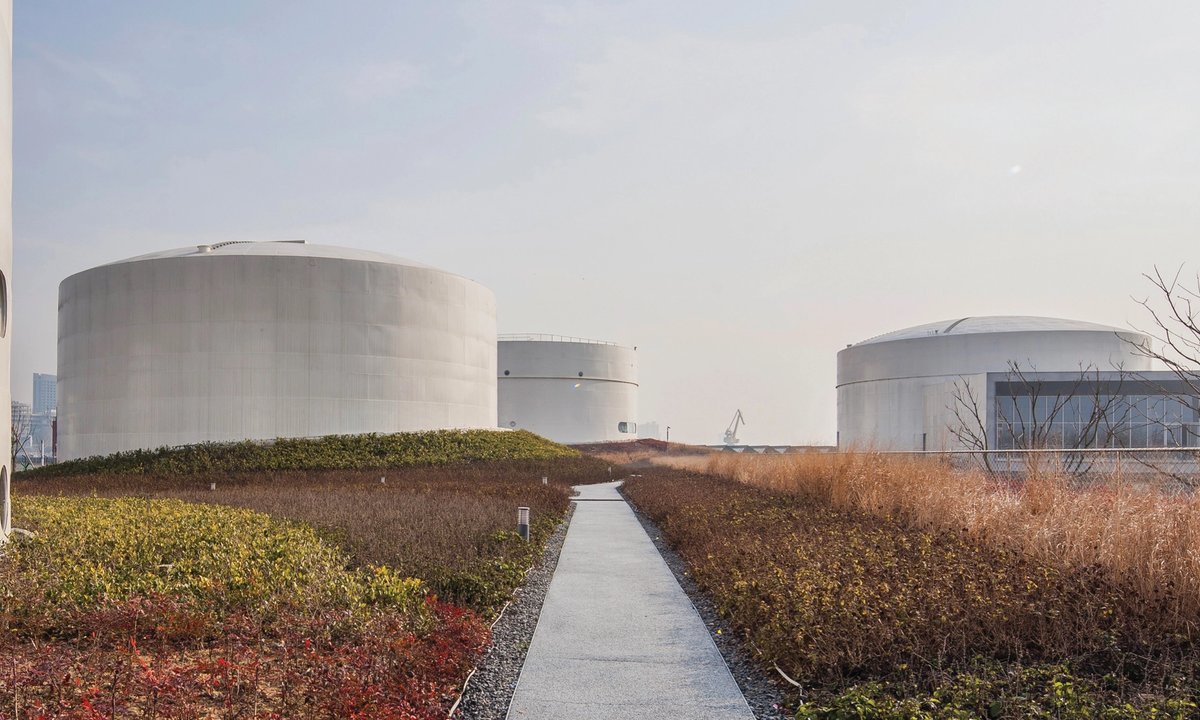Untitled (Chairs and View)
2016 - NFT (NFT)
Gregory Halpern
Gregory Halpern spent five years shooting ZZYZX , and another year editing the results, from an estimated thousand rolls of film, about half of which were shot in the final year after his Guggenheim Fellowship enabled him to live in California. According to Halpern, the series “is grounded in reality, but it occupies an in-between space, between documentary and a certain sense of mystery.” …“I see ZZYZX as part of a continuum but edging a little closer towards fiction.” The series title is borrowed from the village Zzyzx (pronounced zye-zix), formerly Soda Springs, but rechristened by the mineral water pioneer, Curtis Howe Springer, in 1944. The eccentric Springer named it after what he claimed to be the last word in the English language. The images in the ZZYZX series begin in the desert east of Los Angeles and drift west, through the city, and finally end at the Pacific ocean. This general westward movement is a pilgrimage toward the ocean, and alludes to the manifest expansion of America from east to west. The people, places, and animals in the series did appear before Halpern’s camera, but he has selected and organized the images into a work of fiction or fantasy, with assistance from artist Jason Fulford on the sequence. The work brings together seemingly disparate images of environmental crisis, kinship, entertainment, urbanity, and stunning vistas. There is a strange narrative harmony to the series—the sublime, the psychedelic, and the self-destructive. Southern California is unpredictable, wild. Cultures and histories coexist, the beautiful sits next to the ugly, the redemptive next to the despairing, and all under the golden state’s radiant light, as transcendent as it is brutal.
Gregory Halpern is an acclaimed American photographer whose practice is predicated on wandering. Combined with a curiosity about the elusive qualities of Americanness, he makes images that mix documentary and fiction. He has been celebrated for his pioneering photobooks, which involve rich colors, thoughtful sequencing, and evocative associations between images as a form of storytelling.
Colors:
Related works sharing similar palette

© » KADIST
Laura Henno
2018N°001 Djoubi et sa meute is part of a series of photographs by Laura Henno titled Ge Ouryao! ...

© » KADIST
Clarissa Tossin
2012In Fordlândia Fieldwork (2012), Tossin documents the remains of Henry Ford’s rubber enterprise Fordlândia, built in 1928 in the Brazilian Amazon to export cultivated rubber for the booming automobile industry...

© » KADIST
Sharon Lockhart
2008Lockhart’s film Lunch Break investigates the present state of American labor, through a close look at the everyday life of the workers at the Bath Iron Works shipyard—a private sector of the U...

© » ARTS EQUATOR
MervEspina and the Green Papaya Art Projects (via The Myanmar Times) | ArtsEquator Thinking and Talking about Arts and Culture in Southeast Asia Articles September 22, 2018 With the support of Japan Foundation and collaboration of Myanm/Art, MervEspina, artist and researcher from Philippines talked about Green Papaya Art Projects whose essence can be rendered as ‘never ripe, never rotten’...

© » ARTS EQUATOR
Experiencing a slice of life: Artist’s Block by ArtWave | ArtsEquator Thinking and Talking about Arts and Culture in Southeast Asia ArtsEquator Viewpoints Zinkie Aw March 1, 2022 By Noorul Raaha As’art (830 words, 3-minute read) Waterloo Street is a smorgasbord of sensory experiences, from Hindu and Buddhist temples coexisting side by side, to old uncles and aunties hawking religious paraphernalia, shaded by their New Moon abalone umbrellas, and stalls offering acupuncture services, amongst other things...

© » KADIST
D’Angelo Lovell Williams
2018On January 7th, 2020, artist D’Angelo Lovell Williams was diagnosed with HIV...

© » ARTNEWS RETROSPECTIVE
Howardena Pindell on the Exclusion of Black Artists in the 1980s – ARTnews.com Skip to main content By Alex Greenberger Plus Icon Alex Greenberger Senior Editor, ARTnews View All January 14, 2021 1:13pm ©ARTnews Over the past several years, museums and galleries have made concerted efforts to show work by Black artists, responding to growing calls for equity...

© » ARTS EQUATOR
Podcast 45: On Southeast Asian Film with Rithy Panh and Park Sungho | ArtsEquator Thinking and Talking about Arts and Culture in Southeast Asia ArtsEquator Viewpoints August 23, 2018 Duration: 35 mins At SeaShorts 2018 , which took place from 1 – 5 August 2018 in George Town, Penang, we caught up with Cambodian film director, screenwriter and producer Rithy Panh, and Park Sungho, programmer for S-Express Cambodia (a selection of Cambodian short films at SeaShorts), who’s also a programmer for the Cambodia International Film Festival ...

© » KQED
Black History and Love Intertwine at February Bay Area Concerts | KQED Skip to Nav Skip to Main Skip to Footer upper waypoint Arts & Culture Black History and Love Intertwine at These February Bay Area Concerts Andrew Gilbert Feb 7 Save Article Save Article Failed to save article Please try again Email Mary Stallings performs at Keys Jazz Bistro on Feb...

© » ARTS EQUATOR
Air Con: Who Do You Want To Be When You Grow Up? | ArtsEquator Thinking and Talking about Arts and Culture in Southeast Asia ArtsEquator Viewpoints October 8, 2021 By Dhinesha Karthigesu (1,330 words, 5-minute read) Who do you want to be when you grow up? At the end of the play AIR CON , the character William (Nick Davis) asks the character Asif (Ryan Lee Bhaskaran) this question...

© » KADIST
Claudia Joskowicz
2007The primary interest in the trilogy is Joskowicz’s use of cinematic space, with long tracking shots that portray resistance to habitual viewing experiences of film and television...









